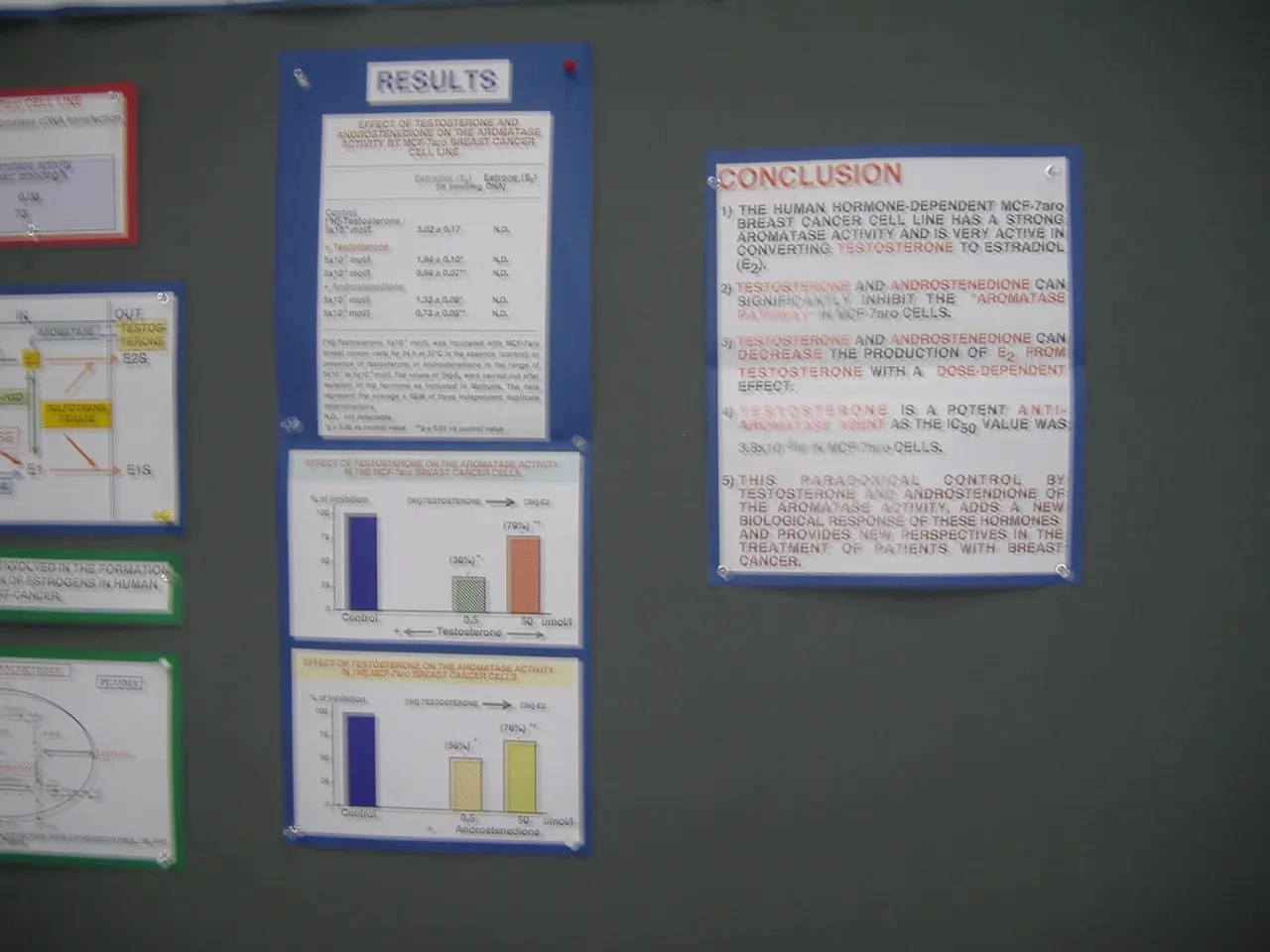Legislative Body Established
The Constituent Assembly of India, a groundbreaking representative body, was formed in 1946 and functioned until November 1949. This assembly was instrumental in drafting the Constitution of India, which was officially adopted on November 26, 1949, and came into effect on January 26, 1950.
Comprising 389 members initially, the assembly was reduced to about 299 members after partition. Key figures in the assembly included Dr. B.R. Ambedkar, who chaired the Drafting Committee and is considered the principal architect of the Constitution, and other prominent leaders such as Jawaharlal Nehru, Sardar Vallabhbhai Patel, Rajendra Prasad (who was the Assembly’s first President and later first President of India), Maulana Abul Kalam Azad, K.M. Munshi, Alladi Krishnaswami Ayyar, and others.
The assembly also included influential members from diverse backgrounds such as K.T. Shah (socialist and economist), H.N. Kunzru, and Shibbanlal Saksena. These members contributed to debates and sub-committees, ensuring a comprehensive and inclusive drafting process.
During its tenure, the assembly made several significant decisions. They formed 8 major committees and 15 minor committees to handle different constitutional subjects and issues, and held 11 sessions for debates and drafting. They addressed fundamental rights and governance structures, resolving many complex political, social, and economic issues facing the newly independent nation.
One of the most notable decisions was the adoption of the Preamble to the Constitution, laying out the objectives of India as a sovereign, socialist, secular, democratic republic assuring justice, liberty, equality, and fraternity. Sardar Patel chaired the Advisory Committee on Fundamental Rights, Minorities, and Tribal and Excluded Areas, while Jawaharlal Nehru chaired the Union Powers Committee and the Union Constitution Committee.
In addition, the assembly adopted the national song and anthem of India on January 24, 1950. Dr. Rajendra Prasad, who was the Assembly’s first President, also chaired the Rules of Procedure Committee. On January 24, 1950, Dr. Rajendra Prasad was elected as the first President of India by the Constituent Assembly.
In summary, the Constituent Assembly was a uniquely elected representative body that crafted India’s foundational legal and political document, with notable leadership from B.R. Ambedkar and others, resulting in a constitution that embodies India’s pluralistic and democratic values. The assembly's work remains a testament to the spirit of unity and democracy that shaped India's independence.
Discussions and deliberations in the Assembly, beyond policy-and-legislation, extended to general-news topics such as the adoption of the national song and anthem of India. The Assembly, a significant part of the political landscape, played a vital role in shaping the nation's constitutional committees and sub-committees, reflecting the diversity and inclusivity of the country's politics.






